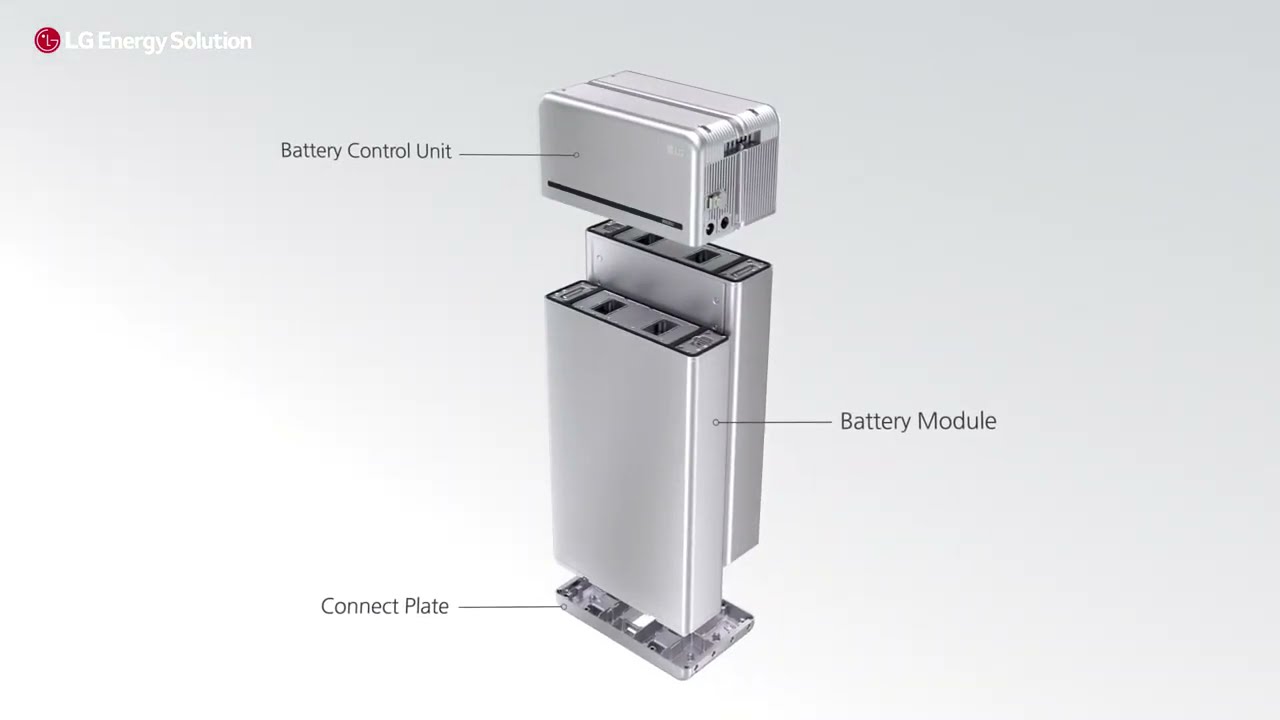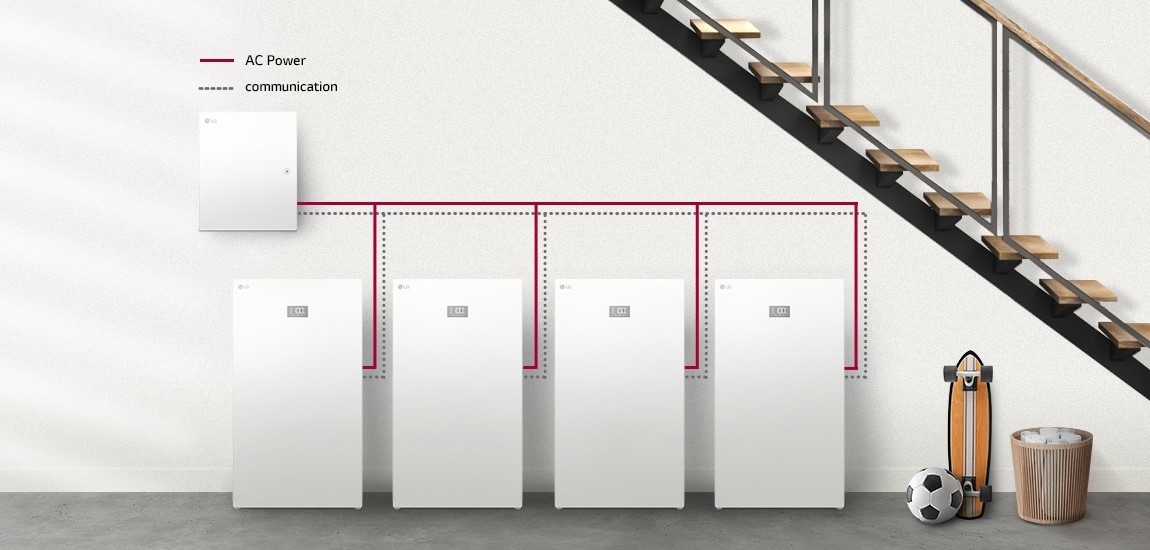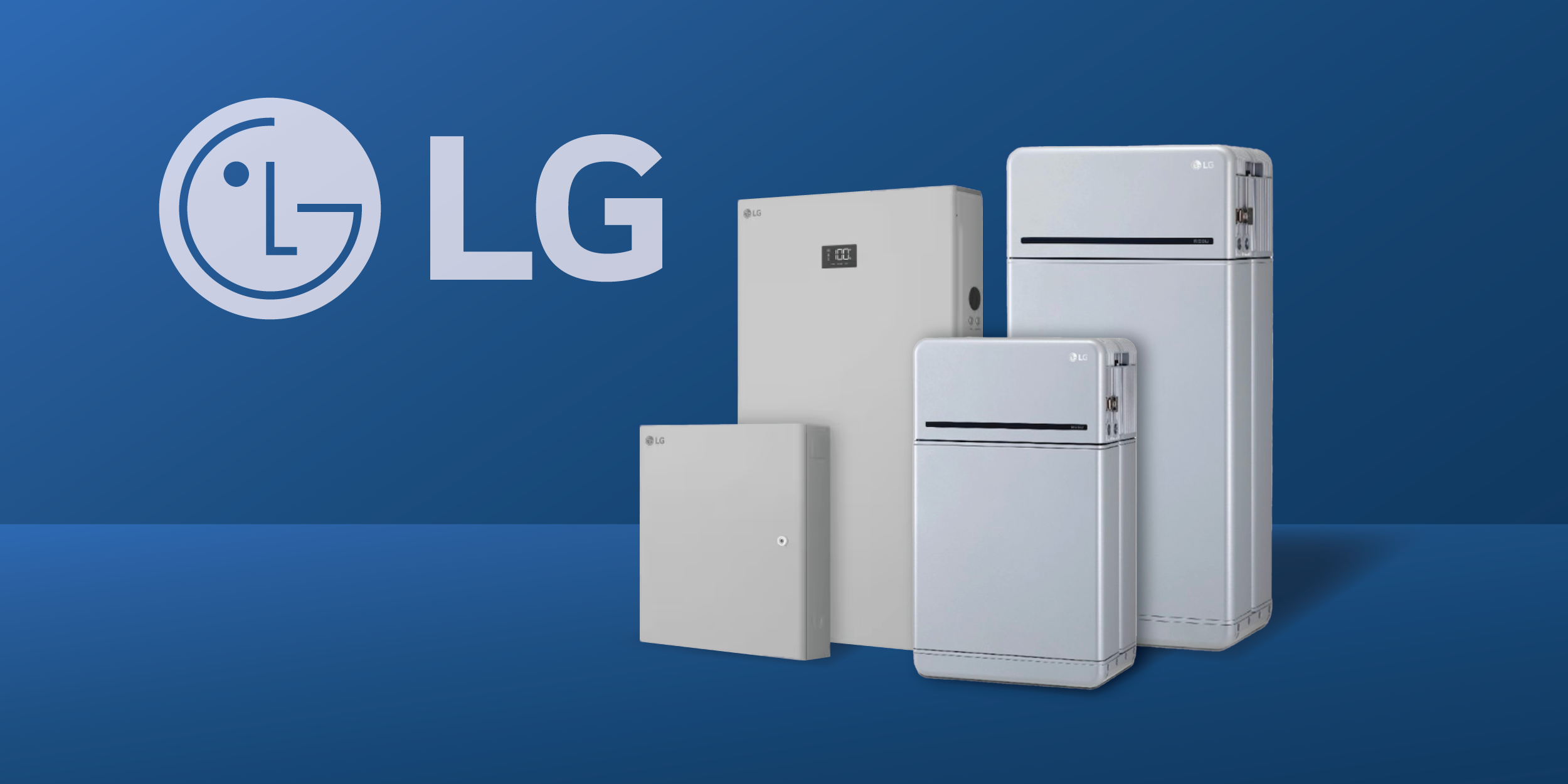Updated 1 month ago
LG solar batteries expert review: is one right for your home?
Written by Ben Zientara Ben ZientaraBen Zientara is a writer, researcher, and solar policy analyst who has written about the residential solar industry, the electric grid, and state util...Learn more , Edited by Catherine Lane Catherine LaneCatherine has been researching and reporting on the solar industry for five years and is the Written Content Manager at SolarReviews. She leads a dyna...Learn more

Why you can trust SolarReviews
SolarReviews is the leading American website for solar panel reviews and solar panel installation companies. Our industry experts have a combined three decades of solar experience and maintain editorial independence for their reviews. No company can pay to alter the reviews or review scores shown on our site. Learn more about SolarReviews and how we make money.
Key facts about LG solar batteries
The LG RESU Prime is a DC-coupled system that requires the installation of a separate hybrid inverter and is best for new solar installations.
When installed with a new solar system, the RESU Prime will add between $7,000 and $9,000 to the cost of the installation.
The LG Home 8 battery is a newer AC-coupled battery that is best for adding to existing solar installations.
The Home 8 comes in one size, with 14.4 kWh of storage and 7.5 kW maximum continuous output.
The LG Home 8 system, fully installed and including an inverter and smart panel, will cost around $18,500.
Our expert take on LG batteries
Both the LG ESS RESU batteries and the LG Home 8 are good batteries from a well-known brand. If your installer is offering them exclusively and you feel that the price is right, they are fine choices.
That being said, we don’t think that either of these batteries is among the best solar batteries on the market. Our top picks include the Enphase IQ 5P, the Tesla Powerwall 3, and the Panasonic Evervolt.
Many American consumers know LG for its home appliances. The brand now offers two lines of home solar batteries: the RESU Prime and Home 8.
The RESU Prime line of batteries is older and offered by LG Energy Solution, a subsidiary of LG Chem, which also makes battery cells for carmakers like Toyota, GM, Ford, and Volkswagen. RESU Prime batteries are very affordable and best for a new solar+storage installation because they have to be connected to a hybrid inverter to work.
The LG Home 8 battery is newer and offered directly by LG Electronics, the same company that makes consumer electronics and appliances. Because it is connected to a home's AC power system, the Home 8 is better for people who already have solar panels but want to add battery storage. However, the Home 8 is much more expensive than the RESU Prime line.
Let’s take a closer look at these batteries below.
Components and functionality of LG solar batteries
The RESU Prime and LG Home 8 are designed to meet different needs. Here is a quick look at the most important features of each LG solar battery:
LR RESU Prime 10 | LR RESU Prime 16 | LG Home 8 | |
|---|---|---|---|
Usable Energy capacity | 9.6 kWh | 16 kWh | 14.4 kWh |
Max. continuous power output | 5.0 kW | 7.0 kW | 7.5 kW |
Approximate retail cost (pre-installation) | $5,000 | $6,900 | $15,000 |
Battery chemistry | Lithium NMC | Lithium NMC | Lithium NMC |
Connection to solar panels (coupling) | DC, through a separate hybrid solar inverter | DC, through a separate hybrid solar inverter | AC, with its own built-in battery inverter |
Dimensions (H x W x D) | 32.1” x 19.8” x 11.6” | 42.8” x 19.8” x 11.6” | Home 8: 49.6” x 27.5” x 8.1” SE Box: 23.6” x 19.7” x 7.0” |
Weight | 246 lbs | 352 lbs | Home 8: 359 lbs SE Box: 55 lbs |
Warranty overview | 10-year materials and workmanship warranty, at least 70% of rated capacity after 10 years or 59.8 MWh total energy throughput | 10-year materials and workmanship warranty, at least 70% of rated capacity after 10 years or 59.8 MWh total energy throughput | 10-year materials and workmanship warranty, at least 70% of rated capacity after 10 years or 59.8 MWh total energy throughput |
Spec sheet |
LG RESU Prime batteries

Simple components combine to form a powerful energy storage solution. Image source: LG Energy Solution
LG RESU Prime batteries are fairly simple. Both RESU Prime models include two vertically oriented battery modules that stack on top of a floor mounting plate and a battery control unit (BCU) that sits atop the stack.
The only difference between the 10H and 16H is how many battery cells are inside the modules, which determines size, capacity, and power output. The two different sizes offer some flexibility, and more than one RESU battery can be wired in parallel to increase the capacity behind a single inverter.
As DC-coupled batteries, the RESU Prime batteries must be paired with a hybrid solar inverter. The batteries are approved for use with inverters from nearly all companies on the market, including SolarEdge, SMA, GoodWe, Growatt, Solis.
LG Energy Solution also makes its own 9.6-kW inverter to pair with the RESU Prime batteries in a system it calls the LG Prime+ Energy Storage System. Unlike the Prime batteries by themselves, this system can connect to an existing solar installation and perform automatic home backup functions.
Being charged with DC electricity makes the LG RESU batteries very efficient with a 95% round trip efficiency rating.
Pros
Simple design allows for modularity and expansion
Low cost compared to other batteries on the market
Many installers have experience with these batteries
Cons
Doesn’t come with its own inverter, so best for new solar installations
No advanced features or operating modes
LG Home 8

Four LG Home 8 units can pair with one SE Box for a 57.6 kWh storage system. Image source: LG Electronics
The LG Home 8 is quite different from the RESU batteries because it includes an inverter in its power control system, making it easy to connect to existing home solar systems. The Home 8 battery can hold 14.4 kWh of usable electricity and output 7.5 kW of continuous power.
The Home 8 also comes with LG’s Smart Energy Box (SE Box), which controls how the battery powers home circuits. The SE Box can be set to perform daily cycling to help homeowners avoid using costly power during peak times of use and also to back up the home in case of a power outage. Up to four units can be wired in parallel behind a single SE Box to provide up to 57.6 kWh of energy storage.
With all these components, the LG Home 8 is a one-stop solution for home energy backup and requires no additional equipment to provide that benefit. It can charge its batteries with the output of an existing solar inverter or even provide backup power to a home without solar.
The AC coupling does make this battery a little less efficient, as only 90% of the electricity put into it comes back out.
Pros
Easy to pair with existing solar installations
Smart Energy Box provides special features to maximize energy bill savings
Cons
Doesn’t offer any DC solar inputs
Expensive compared to other options
Lower power output compared to other options
How much do LG solar batteries cost?
Battery model | Estimated installed cost |
|---|---|
LG RESU Prime 10H | $7,000 |
LG RESU Prime 16H | $9,000 |
LG Home 8 | $18,500 |
The average installed cost for an LG RESU Prime battery is between $7,000 and $9,000, depending on the model you choose. This is a low price for a solar battery because it doesn’t include an inverter, and the LG RESU Prime has very limited features.
The average installed cost for an LG Home 8 battery is $18,500. The price is so much higher because it has more advanced features and includes an inverter and a smart panel.
Batteries are not cheap, but there are solar battery incentives available to help lower the cost. Both LG batteries are eligible for the 30% federal solar tax credit, which can reduce your income taxes by thousands of dollars. States and utilities also offer a variety of battery rebate programs.
Keep in mind that the cost of installing an LG solar battery depends on where you live, the energy storage system design, and the installer you choose.
LG solar battery warranty details
LG’s solar batteries both come with a warranty that guarantees the battery will store 70% of its capacity after 10 years or after the throughput limit is reached, whichever comes first.
The throughput limit describes how much energy is discharged from the battery. The warranty expires once you reach the throughput limit, even if you reach it before 10 years.
Each LG battery has its own throughput limit. The LG Home 8 has the highest limit, meaning it will last the longest. But all three batteries' performance terms are relatively close.
The following table outlines the warranty information about each LG solar battery:
LG RESU 10H Prime | LG RESU 16H Prime | LG Home 8 | |
|---|---|---|---|
Materials and workmanship coverage | 10 years | 10 years | 10 years |
Total energy throughput | 32 MWh (3.33 MWh/kWh) | 54 MWh (3.375 MWh/kWh) | 59.8 MWh (4.15 MWh/kWh) |
Remaining capacity at warranty end | 70% | 70% | 70% |
Notes | The RESU Prime warranty broadly promises that the company will “replace or repair any defect in the ‘Products’” during the warranty term, which provides some certainty. | The RESU Prime warranty broadly promises that the company will “replace or repair any defect in the ‘Products’” during the warranty term, which provides some certainty. | Warranty period is only 5 years if the system is not registered with LG’s ThinQ® service and connected to the internet |
Warranty document |
Final word on LG solar batteries
In nearly all cases, solar batteries do not provide a financial return on investment. The only way any battery becomes financially worthwhile is if you use it to avoid Time of Use or demand charges or want to avoid the reduced compensation under a rate plan like California Net Billing (NEM 3.0).
In all other situations, whether battery storage is worth it depends largely on the price you pay for having backup power in an outage. According to our 2025 Solar Industry Survey, the primary reason homeowners installed batteries was for backup power.
In either case, both the LG RESU Prime and Home 8 batteries are good choices, we just wouldn’t call them the best on the market.
But, if your installer walks you through the reasons they think you should choose one of these batteries, and you’ve already asked all the right questions and determined they’re trustworthy and honest, you can feel confident that LG solar batteries are good choices for home backup.
Ben Zientara is a writer, researcher, and solar policy analyst who has written about the residential solar industry, the electric grid, and state utility policy since 2013. His early work included leading the team that produced the annual State Solar Power Rankings Report for the Solar Power Rocks website from 2015 to 2020. The rankings were utilized and referenced by a diverse mix of policymakers, advocacy groups, and media including The Center...
Learn more about Ben Zientara